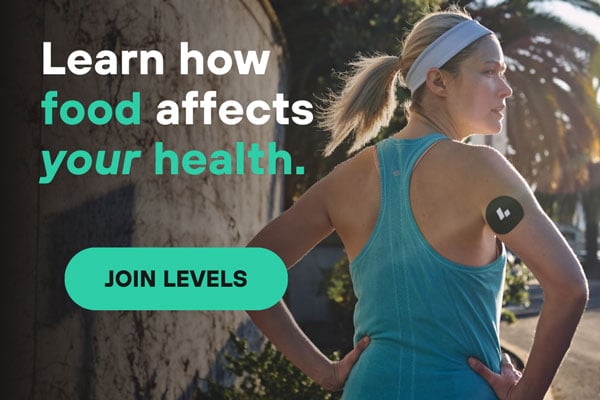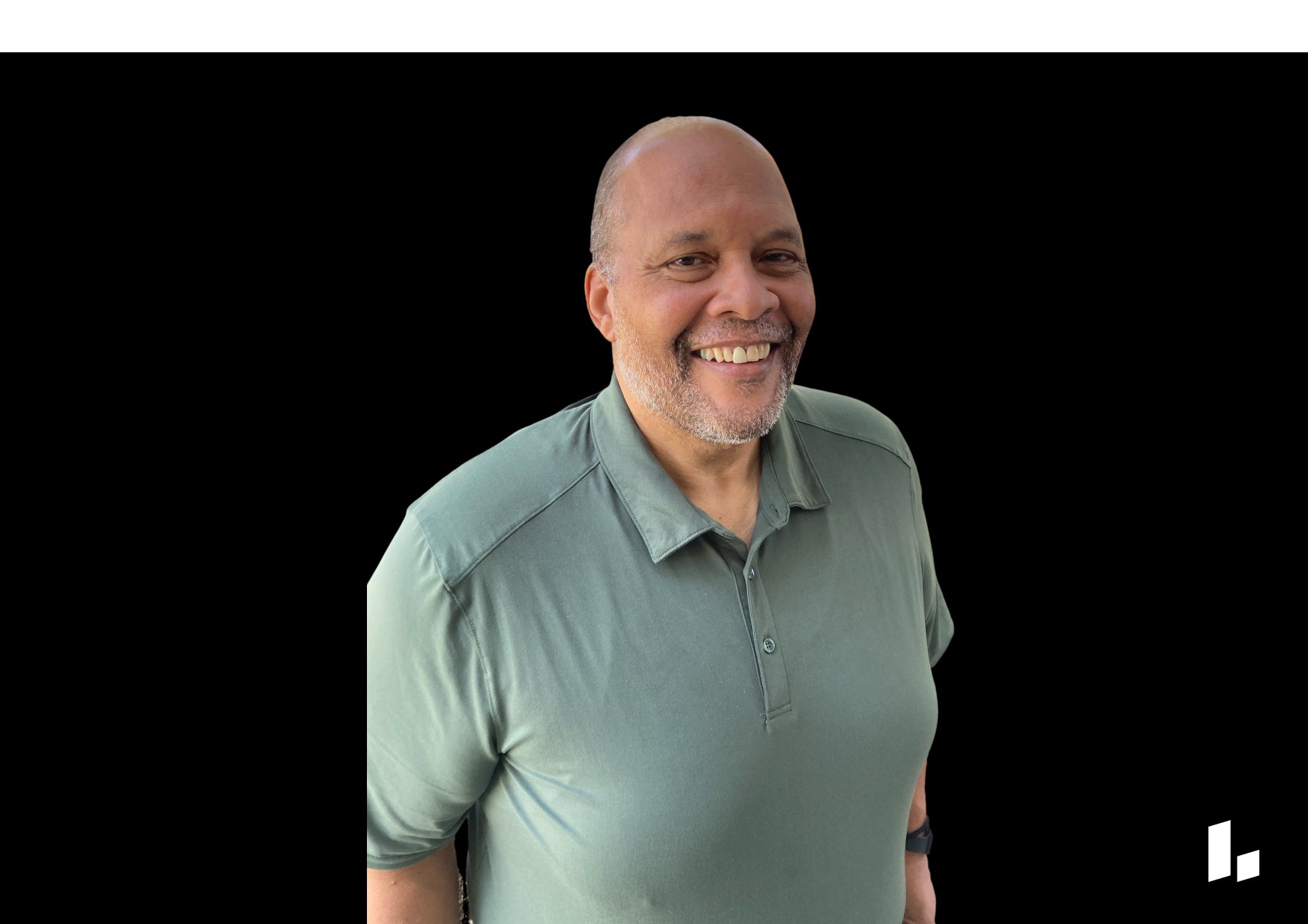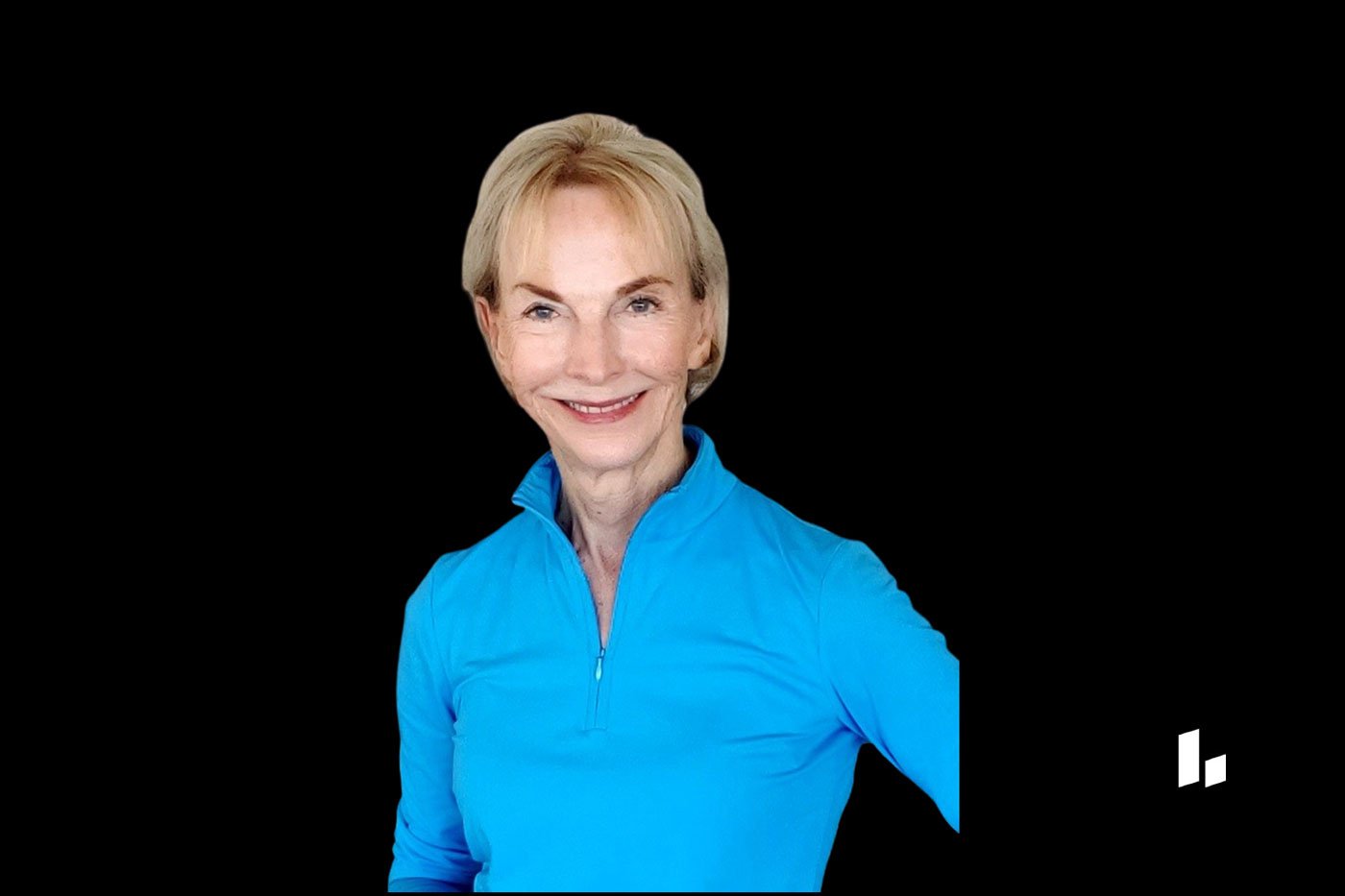Member Profile:
Who: Patricia Sylwester, 66
Where: Olympia, WA
Time with Levels: 2 years
Most Useful Takeaway: By liberalizing her carbohydrate intake on a keto diet, Patricia could minimize her blood sugar spikes while maintaining metabolic flexibility.
 What was your health like before using Levels?
What was your health like before using Levels?
I’m in pretty good health. I’ve lived a keto lifestyle for the past dozen years and had been on some version of a low-carb diet for a dozen years before that.
Initially, I lived this lifestyle for weight management, but today it’s for an entirely different reason. My mom had dementia for the last 15 years of her life. Some forms of dementia have a genetic component that confers an increased risk of cognitive decline. It doesn’t mean it will happen, but your risk is higher. I carry that gene, and after watching my mom live with dementia, I resolved not to go down that path. It was clear to me there’s a strong metabolic component to cognitive decline for many people. It may be that the brain doesn’t utilize glucose or insulin properly—but ketones bypass that process. I use the ketogenic diet therapeutically in my practice for cognitive decline and brain fog. I’ve seen it be a powerful intervention for neurological problems.
Why did you want to put a CGM on your arm?
Most of the reason I became involved with Levels was professional. I’m a physician specializing in metabolic health and had been interested in using a CGM in my practice. However, one hurdle was the waiting list. When I signed up, the waiting list was extensive. I got an email about participating in a “challenge,” and I was able to start using Levels that way.
Learn more:
Why was it important to wear the CGM alongside your patients?
As I was starting to think about recommending Levels to my patients, I decided to practice on myself. The type of medicine I practice focuses on metabolic health. Many of the health problems people struggle with result from a dysfunctional metabolism. If you can get patients to recognize that blood sugar regulation matters and correlate that to their complaints, you get better adherence. They can then begin to address conditions that, as a traditional doctor, I had not been successful in treating.
What surprised you when you started wearing the CGM?
Because of my keto diet, I expected my blood sugar to be flat. Instead, I discovered some interesting things that changed how I advise people on a long-term very low-carb diet.
I recognized that the slightest bit of carbohydrates would cause a high spike in my blood sugar. My interpretation was that, due to my long-term keto lifestyle, my insulin had become downregulated. For example, I ate sushi, telling myself it’s not that much rice. But I got a big spike. The same thing happened after I added a small amount of elderberry syrup to my electrolyte drink. I thought I shouldn’t be spiking that high—ever.
After wearing the CGM, I made certain changes in how I ate. Today, I’m in a place of metabolic flexibility—which means I can utilize glucose or ketones for energy. I recognize that having a big spike when utilizing glucose is not optimal. This experience changed my thinking about using a very low-carb diet long-term for myself and my patients. I now know that it benefits me to liberalize my carbohydrate intake so that my insulin response normalizes and my body can use glucose in a healthier way.
Today, I eat more carbs overall, and one day a week, I don’t worry about my carbohydrate intake so much. (This is not a free-for-all: I might eat a bit of potato, for instance, not brownies.) The result is that my blood sugar spikes are lower after eating carbohydrates, and I can still go back into ketosis quickly.
How do you use a CGM in your practice?
Many of my patients are ill, and I want them to see how much of the time their blood sugar is out of range and how that may correlate with their symptoms. These are quite often fatigue, brain fog, or mood problems. (I look at time above 140 mg/dL and sometimes 120 mg/dL.) Often, once their blood sugar improves, their desire to take a nap in the middle of the day goes away. Or, when they stop eating right before bed (and experience a subsequent blood sugar spike), their insomnia starts to dissipate. So much of health tracks back to blood sugar regulation, which is why it’s one of my main focus areas in working with patients.
CGMs aren’t readily available for many of my patients and are rarely covered by insurance. I’m so excited about Levels because to get the most out of a CGM, you need help interpreting the information. I might be able to tell someone how to scan and log their info, but I can’t monitor the blood sugar responses of 30 patients every day and give individualized feedback. In the past, I had patients stop using CGM because they felt they didn’t get the level of support they needed. That’s why I was so excited about the feedback the Levels app provides. It’s been a great tool to use as a practitioner.











